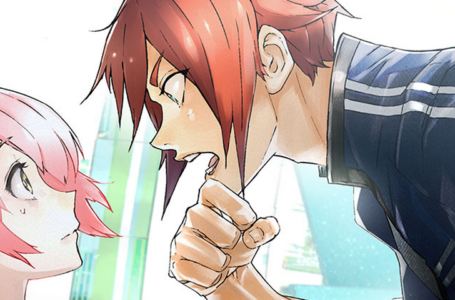Men! Play more otome games!
Gentlemen! I have a challenge for you: play more otome games. Everyone who isn’t a gentleman! Tell the gentlemen in your life to play more otome games. And play more yourself, while you’re on.
Otome games, for the unfamiliar, are, quite simply, games (usually visual novels or adventure games) that feature female protagonists and a cast of primarily male characters. In other words, they’re the inverse of the “usual” visual novel format, which typically features a male protagonist and a cast of female characters.
BUSTAFELLOWS is confirmed for release in summer of 2021, including a gorgeous collector’s edition. Check out why you should jump on board with this beloved otome.
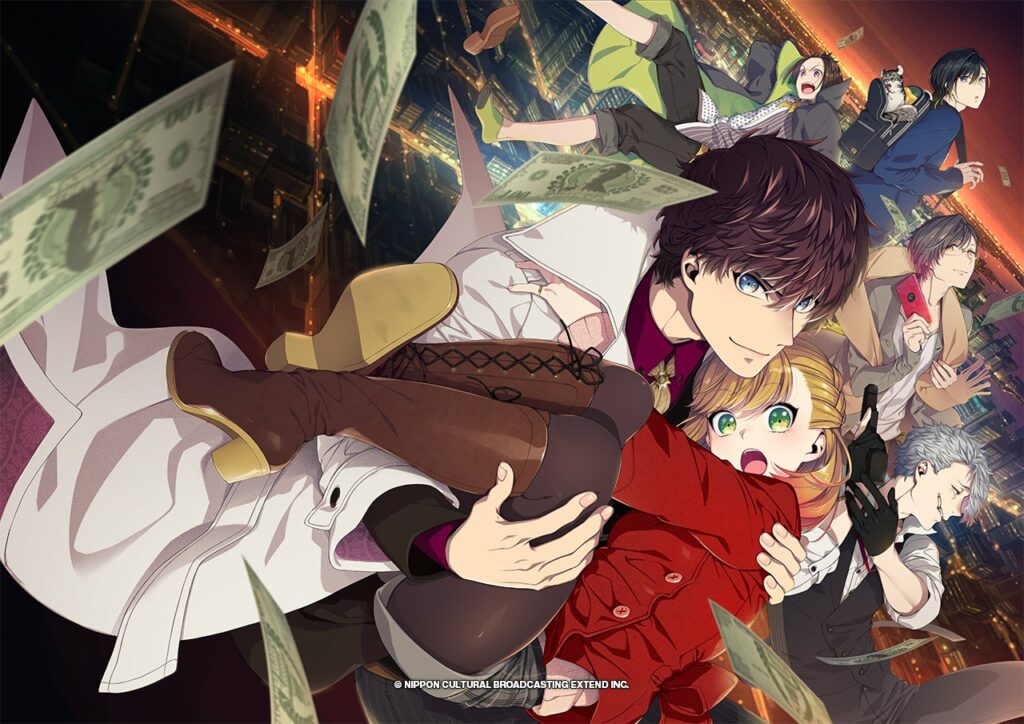
Despite the fact that “otome” is literally Japanese for “maiden”, however, don’t make the mistake of assuming these are “girls’ games”. Instead, they offer a very distinct breed of narrative-centric experience that everyone can enjoy — and there’s been a growing demand for them in the west over time, as exemplified by movements such as the #OtomeArmada hashtag on Twitter.
Let’s take a closer look at why everyone should enjoy this type of game — and support the release of high-profile localisations such as BUSTAFELLOWS so that we see more otome goodness here in the west for many years to come.
I’ll begin with a personal story: my own introduction to otome games. It came with a game called Sweet Fuse: At Your Side for PSP, which was released in 2012 by Idea Factory and Comcept then brought west a year later by Aksys Games, one of the more prolific localisers of otome titles to date.
I didn’t download Sweet Fuse out of any grand intention to start exploring otome games specifically; I downloaded it because it was on sale, and I thought the concept sounded interesting. And come on, you can’t deny that the prospect of a game that casts you in the role of legendary game creator Keiji Inafune’s niece Saki as she attempts to solve the mysteries of a theme park under siege by a villainous pig called Count Hogstein doesn’t fill you with at least a little bit of curiosity.
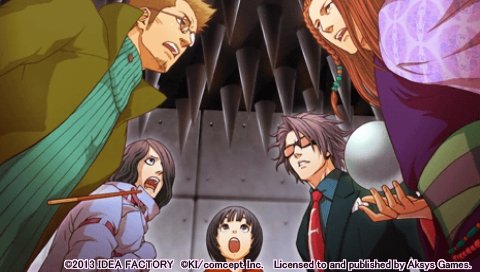
I wasn’t sure what to expect when I first played Sweet Fuse. At this time in my gaming history, I’d been exploring Japanese games and visual novels in detail for a few years after a passing familiarity with them in my earlier life, but the majority of my experience with them had either been console games or eroge aimed at a heterosexual male audience.
I don’t mind admitting that as a heterosexual male, I was unsure at the time how much I’d be able to get on board with the possible “romance” side of things in Sweet Fuse. Part of the appeal for romance- or sex-centric visual novels for me up until that point had been the ability to “self-insert” (no pun intended) into the role of the main character and picture myself as the one enjoying the relationships and sexual encounters with the attractive female characters.
Indeed, many visual novels over the years have deliberately played up this aspect by making the male protagonist unvoiced even if the rest of the game is a full “talkie” — and, in many cases, on the few times the protagonist actually appears on screen, they’re kept deliberately featureless or given a vague visual identity through techniques such as obscuring their face with their hair, keeping their head “out of shot” or omitting their eyes.
Although it’s more common for visual novels and games with visual novel elements to eschew vague self-insert protagonists in favour of strongly defined leads with their own in-depth narratives these days, both presentational conventions remain very much in place whenever the main focus of the experience is on romance and relationships.
Gal*Gun Returns, for example, never shows you protagonist Tenzou’s face until the true ending of a route, and he is completely unvoiced for the entire game. Contrast with Root Film, meanwhile, which is not about romance at all; in that game, both the male and female protagonists are displayed on screen and fully voiced throughout.
What are the top otome tropes we never tire of? Find out in our feature!
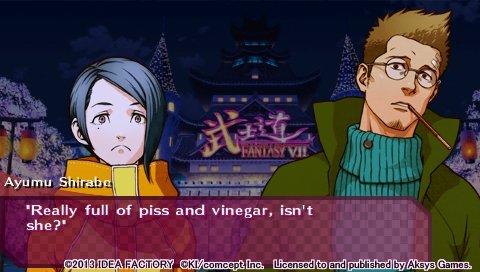
Sweet Fuse maintains the tradition of keeping the protagonist Saki Inafune unvoiced, but while the game adopts the usual first-person perspective of most visual novels, you see Saki herself on the screen a lot more than you do in many other titles. On top of that, she establishes herself very quickly as a strong, independent character who absolutely is not a cipher for the player. This makes it easier for said player to dissociate themselves from Saki somewhat, and consider her as her own character rather than a representation or projection of themselves.
It didn’t take me long to figure that out, which got me over my initial questions — and before long, I actually found myself surprisingly enamoured with the male cast anyway since, just like in the visual novels I’d played beforehand, the main “love interests”, such as they were, all had their own fascinating stories to explore. And ultimately the story was the main reason I was there, not the prospect of anything saucy happening. And despite its ridiculous premise, Sweet Fuse absolutely delivered on the story front; be sure to play it if you’ve never had the pleasure.
It’s fair to say that in a lot of cases — though not all, of course — otome games place a strong, strong emphasis on the narrative of what is going on and just happen to incorporate possible romance along the way. While many male-led visual novels are often erroneously described as “dating sims” due to the fact that their narrative routes often coincide with the development of an intimate relationship with one of the characters, it’s very rare to see otome titles described in the same way.
Many players pick a narrative route in an otome game because they want to know more about the character and the story they have to tell, not necessarily because they find them attractive — although attraction can, of course, be part of it. And good visual novels are designed in such a way that you gradually obtain the full picture of the narrative across all the routes, providing incentive to explore all the characters, not just your “favourites”.
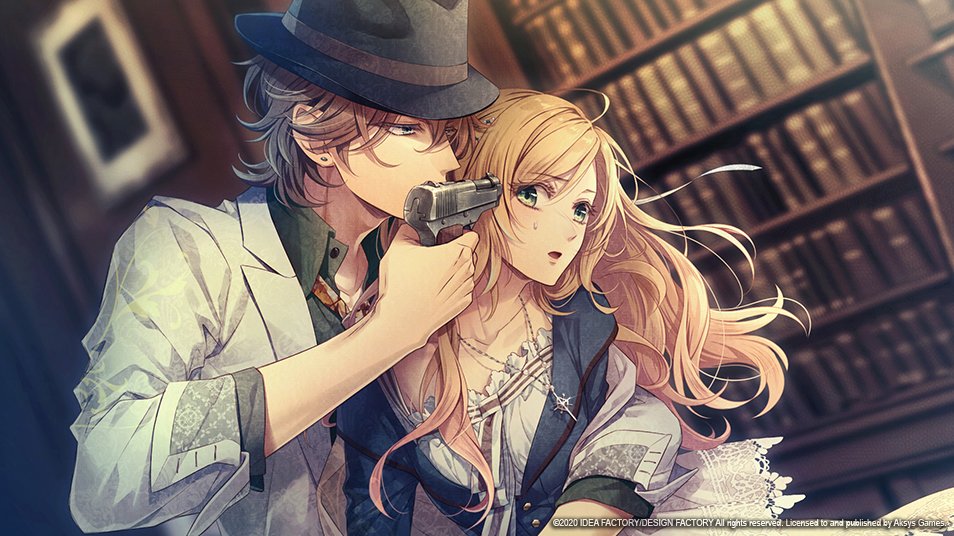
And the subject matter explored in otome games can often get surprisingly deep. Idea Factory’s Hakuomi series explores the real-life Shinsengumi organisation from the Meiji period of Japanese history. The aforementioned BUSTAFELLOWS covers matters of immigration and how underground organisations sometimes provide support to those who can’t get it through “official” channels. Piofiore: Fated Memories deals with the conflict between criminal organisations, and how people can get caught up in the middle of things.
Even otome eroge can deal with some interesting themes: Kalmia8’s Fashioning Little Miss Lonesome explores the impact new people can have on someone who has previously been quite content to be something of a social recluse who pushes people away, and the delightfully named Fxxx Me Royally! Horny Magical Princess from the same developer takes a look at the concept of sex positivity and the overbearing value our society can sometimes place on chastity.
We love otome games here at Rice Digital. Here’s a list of our top otome husbandos of all time!
Fans of mystery and suspense fiction will be particularly at home with otome games, since many of the non-eroge titles out there tend to take the form of crime or mystery thrillers, often with a notable historical bent. Code: Realize, for example, unfolds in a steampunk reimagining of Victorian London; the aforementioned Piofiore is set in Italy just after the First World War; London Detective Mysteria provides a wonderful spin on the mythology of Sherlock Holmes. And these are just a few examples.
Finally, we can’t talk about otome games without mentioning the artwork, because you’ll fairly consistently find some of the most beautiful imagery in any visual novels throughout the otome sector, with well-established artists often using otome games as a platform to bring their work to a wider audience — or sometimes to move from the prolific adults-only sector into more mainstream works.
The aforementioned BUSTAFELLOWS is a great example of this; Googling its artist Kohaku Sumeragi will doubtless bring up plenty of things you shouldn’t be looking at in the office (lucky we’re all working from home, eh) but the game provides a platform for them to establish a sense of perceived “legitimacy” from a mainstream audience — including those who are not interested in erotic content. This is not at all an unusual career path for artists in Japan to take — there are many widely beloved creators out there who got their start in creating top-quality filth.

Look more broadly at the artwork used in otome games and you’ll see a wide variety of different visual styles represented; this will be of particular note to those who mistakenly believe that Japan puts out nothing but colourful, soft-edged “moe” these days. Otome titles often tend to favour heavily detailed, stylised artwork with a distinctly hand-drawn look to it; titles such as Code: Realize, Amnesia and Collar x Malice are great examples of this. At the same time, the artists understand the importance of having an appealing, cute lead character — take one look at Teuta from BUSTAFELLOWS and tell me she isn’t spectacularly adorable, regardless of your gender or sexuality.
So there you go: a suggestion, an exhortation, a request to all the gentlemen out there: play more otome games. You wouldn’t write off a movie, a TV series or a book just because it had a female lead — there are plenty of popular examples from over the years that prove this — so why should it be the same for games and visual novels?
Join The Discussion
Rice Digital Discord
Rice Digital Twitter
Rice Digital Facebook
Or write us a letter for the Rice Digital Friday Letters Page by clicking here!
Disclosure: Some links in this article may be affiliate links, which means we may earn a small commission if you make a purchase after clicking on them. This is at no additional cost to you and helps support Rice Digital!
- Letter from the Editor: passing the torch - June 30, 2023
- Super Woden GP 2 is looking promising - June 30, 2023
- Inti Creates is making a 32 bit-style Love Live action platformer - June 26, 2023




